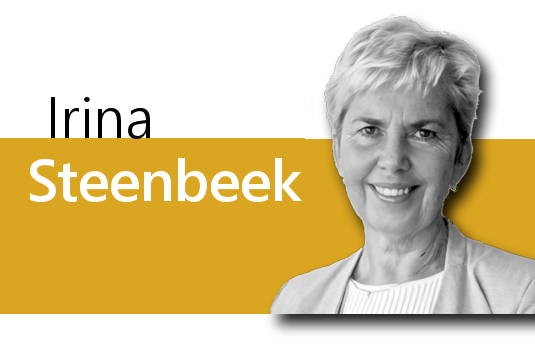How Location Intelligence Is Unlocking a Sustainable Future for Climate-Threatened Insurance Markets


Precisely’s Dan Adams offers commentary on how location intelligence is unlocking a sustainable future for climate-threatened insurance markets. This article originally appeared in Insight Jam, an enterprise IT community that enables human conversation on AI.
As climate change drives more severe weather, homeowners in high-risk areas face a growing crisis. In the U.S., insurers are rethinking how to do business in these regions, leaving homeowners with increasing premiums – or no coverage at all.
The insurance industry, long reliant on broad-based risk models that often classify entire regions as high-risk or underestimate localized risk, is now challenged to adapt to an ever-evolving climate reality that demands greater precision, and faster data updates to reflect real-world changes. The increasing frequency of events like California wildfires and hurricanes in the Gulf underscores the urgent need for more granular, data-driven approaches to risk assessment.
Best practices modernize these risk assessments through spatial analytics and more granular environmental data that captures the nuances of each property. Advanced location intelligence offers insurers the ability to understand climate risk at the property level, paving the way for smarter underwriting, better pricing, and proactive risk mitigation. With the right data, insurers don’t have to choose between profitability and accessibility — they can achieve both.
The Need for a New Approach: Precision Over Generalization
Traditional models fail to account for the unique risk profile of individual properties. For example, wildfire risk has doubled over the past two decades, yet many insurers still rely on region-based data that doesn’t reflect variables like fuel load, slope, wind exposure, or building materials. This oversimplification often results in homeowners being unfairly denied coverage or priced out of the market — even when their specific risk is manageable.
To move forward, insurers need to shift from broad assessments to location-specific insights. By embracing location intelligence and enriched datasets, they can understand risk with a level of granularity that allows them to act decisively and fairly – strengthening risk management strategies while giving policyholders confidence in their coverage options.
The result? More accurate underwriting, more resilient portfolios, and stronger customer trust and relationships.
French insurance provider Abeille Assurances modernized its climate risk strategy by leveraging high-resolution geolocation data to gain a more detailed view of property-level flood exposure.
This shift enabled the company to improve underwriting precision, better assess risk in vulnerable areas, and personalize customer interactions. Claims teams can now visualize an entire network of partners – including approved garages and service providers – to help policyholders receive faster, more efficient support. Automated updates and streamlined processes also help ensure users can independently access critical geographic information, empowering confident decision-making across the business.
Three Ways Accurate Data Is Transforming Climate Risk Assessment
The strategic benefits of location intelligence and enriched datasets extend well beyond underwriting. With the right data, insurers gain a better way to expand coverage, price more accurately, and strengthen relationships with their customers – even amid the complexities of a changing climate.
Expanding Coverage in High-Risk Areas
By leveraging geospatial intelligence, insurers can pinpoint which properties are truly at risk and offer coverage in areas previously deemed uninsurable.
Take San Bernardino County, California, for example. Officials applied wildfire risk analytics to assess exposure with pinpoint accuracy and guide targeted mitigation efforts. This kind of hyperlocal insight doesn’t just bolster community resilience; it also empowers insurers to remain in markets they might otherwise exit, supporting both business growth and customer access to protection.
Driving Fairer, More Accurate Pricing
Accurate data also drives fairer pricing. Rather than relying on broad zip-code-based models, insurers can evaluate specific risk factors like elevation, vegetation, building materials, and proximity to known hazards. This deep understanding of risk leads to more competitive and equitable premiums, ensuring that lower-risk homeowners aren’t unfairly overcharged, and higher-risk properties are appropriately priced to reflect their actual exposure.
Enabling Proactive Risk Mitigation
Finally, the benefits of spatial data extend to risk mitigation itself. Armed with detailed property-level insights, insurers can offer personalized recommendations to help policyholders reduce their risk. Whether it’s installing flood barriers in coastal homes or maintaining defensible space in wildfire zones, this proactive guidance helps improve insurability and positions insurers as trusted partners in long-term risk management. In doing so, insurers not only reduce future losses but also build stronger, more resilient customer relationships.
Climate change isn’t slowing down, and neither can the insurance industry and those of us that support the evolving best practices. As traditional models falter, insurers must turn to location intelligence to stay ahead of risk, maintain profitability, and meet customer expectations.
The result is a win-win: Carriers gain the tools to remain in-market and price accurately, while homeowners gain access to fair coverage and actionable risk insights. In a world defined by climate uncertainty, accurate, granular data is essential.




















